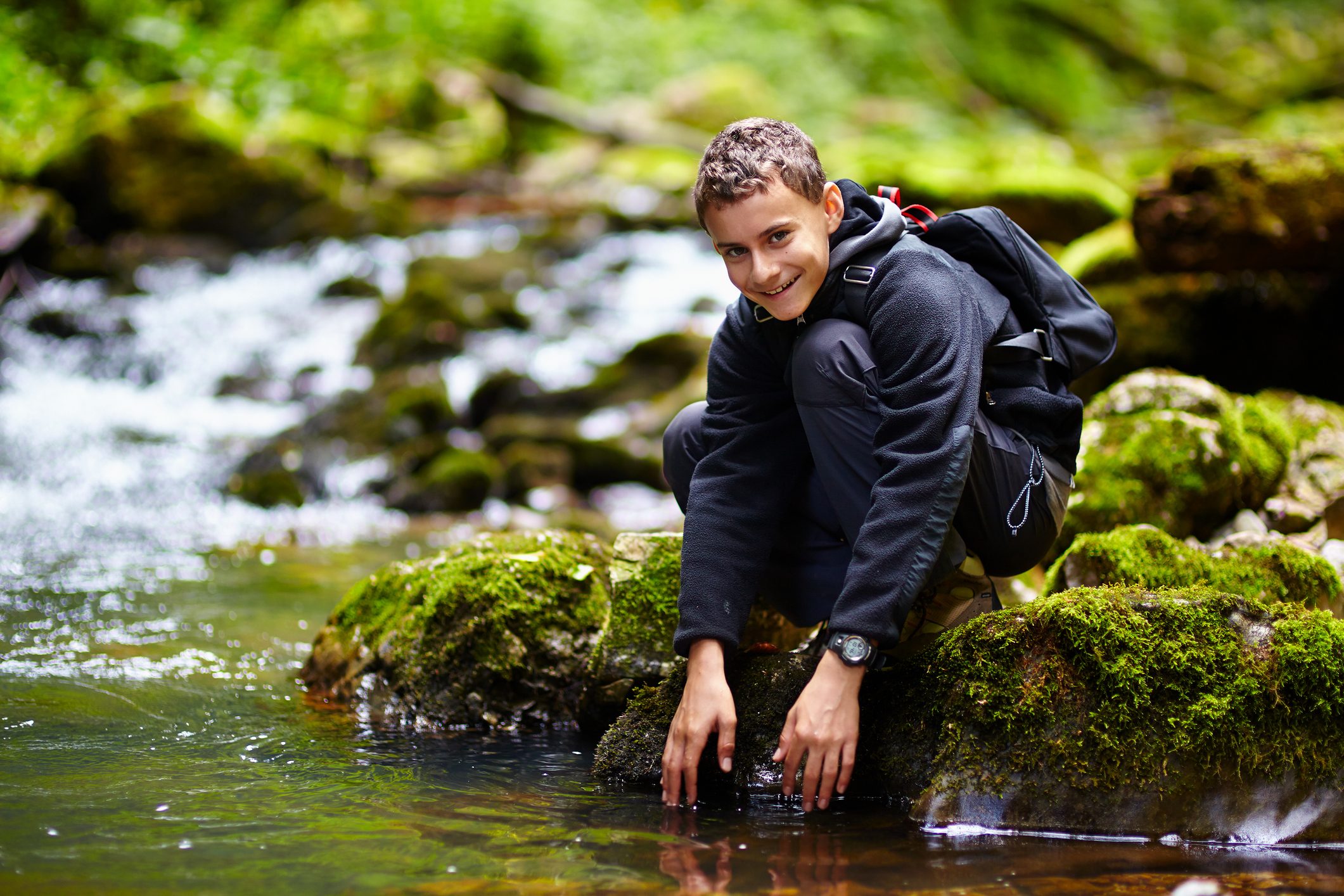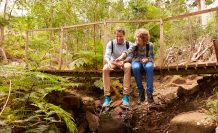How to build true resilience in your son

As an outdoor educator, I’m often asked why I do (and love) what I do. Sometimes the weeks on camp are long. There are no hot showers, and sometimes no showers at all. The nights, and often days, are cold and sleep can be hard to come by. You’re hungry all the time but the food never seems to be quite enough. And then there is the physical discomfort that works its way into every muscle and joint.
But do you know something? No matter how tough the going gets, I always feel much better at the end of a week of camp than I did before I left.
And I’m not alone in this – despite the discomfort, and even moments of downright unpleasantness, my students regularly report feeling the same way.
We can’t all be crazy… so what is it about longer outdoor educational experiences and camps that keep us going back for more?
I believe that the answer lies in the elusive value of resilience.
According to the Meriam-Webster dictionary, resilience is “the ability to recover from or adjust easily to misfortune or change”. It’s become a buzzword in education and in parenting, and is often easier to describe than it is to instil in children, or in ourselves for that matter.
Camp and outdoor education experiences and activities provide kids with opportunities to learn resilience, not just as a concept, but as a skill to add to their armoury of personal attributes.
The power of discomfort
On the hiking trail, resilience is a boy’s ability to adjust to discomfort. His clothes are wet, he is cold, his legs hurt, the food is average and his tent mate snores. His brain is telling him it’s too hard; that it’s time to give up, but he ignores it and keeps on going.
Pushing through this discomfort is resilience, and it is a skill that needs to be practiced over and over again. The human brain doesn’t distinguish between physical discomfort and emotional discomfort. It simply sends the message to stop doing whatever we are doing that is making us feel uncomfortable. By ignoring the voice that tells him to stop hiking up that hill, the boy lessens his mind’s control over his actions and emotions. He is exercising the same muscle that allows him to keep writing his English essay, or continue concentrating when he is bored in Science class during last period on a Friday.
Author’s note: It’s important to note that, in outdoor education experiences, challenge is by choice. The sweet spot is making situations challenging enough that boys are pushed, but not so far that they break down and feel unsafe. And while one boy’s challenge will be to carry 15kg and hike up to the summit, another boy’s challenge may be to simply make it on to the trail.
Resilience – a road less travelled
An outdoor education experience gives kids less opportunity to take the easier option. Most of the time, kids are used to having a way out of discomfort. Hungry? Go to the shop/fridge/Maccas. Tired? Sit down or take a nap. Cold? Go inside and turn on the heating. Bored? Pull out your phone.
But on camp or on the hiking trail, they have to keep going. They have to push through the discomfort, which builds their resilience. This is an important trait because, as we all know, life is full of discomfort. Relationships end, we get bad test scores or miss out on a job, we deal with grief and loss. These things are uncomfortable but with a store of resilience to draw upon, coping becomes easier.
On an outdoor education experience, I also encourage a nightly debrief. This is where the boys (and the educators themselves) state their challenges and the virtues they called upon to make it through them. Importantly, it enables each boy to understand that the physical resilience he has demonstrated (and feels in his aching body) actually stems from the strengthening of the resilience ‘muscle’ in his brain.
Other ways to encourage resilience
Of course, we can’t all head off into the wilderness at the drop of a hat. Sport, music and other goal-oriented pursuits also build resilience by encouraging sacrifice (training and practice) for the attainment of a higher goal.
You can also allow your son to feel this mild discomfort through enforcing boundaries and consequences, and not rescuing him when challenge strikes. Allow your son to be upset when you’ve told him he can’t go to that party or when he’s lost his favourite Beyblade. Just be there to support and debrief once the heat has died down. He’ll get over it and increase his store of resilience along the way.
By giving boys enough opportunities to practice resilience in a safe and supported environment, we will endow them with enough of it to adjust to the real challenges of life, which, as we all know, are inevitable.
Brought to you by Brighton Grammar School
Andrew Braddy is an educator and has taught 12 to 15-year-old boys in the classroom for the past 5 years. He is currently an outdoor educator and Rites of Passage facilitator who loves taking boys on journeys of personal growth into the outdoors. This article is aboutYOU MAY ALSO ENJOY
Subscribe to Understanding Boys. It’s free!
Got boys? Sign up for tips and advice you'll actually use.



